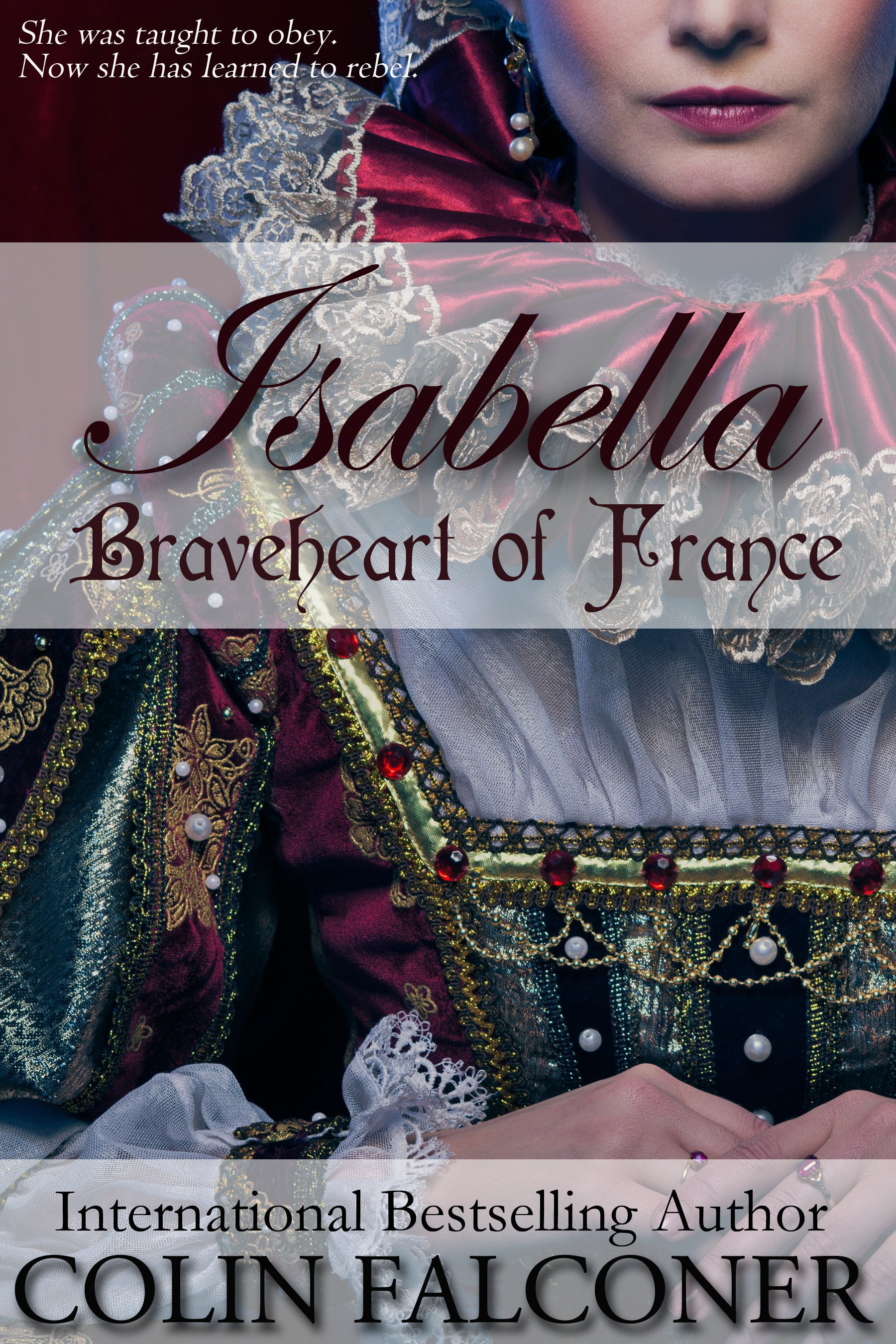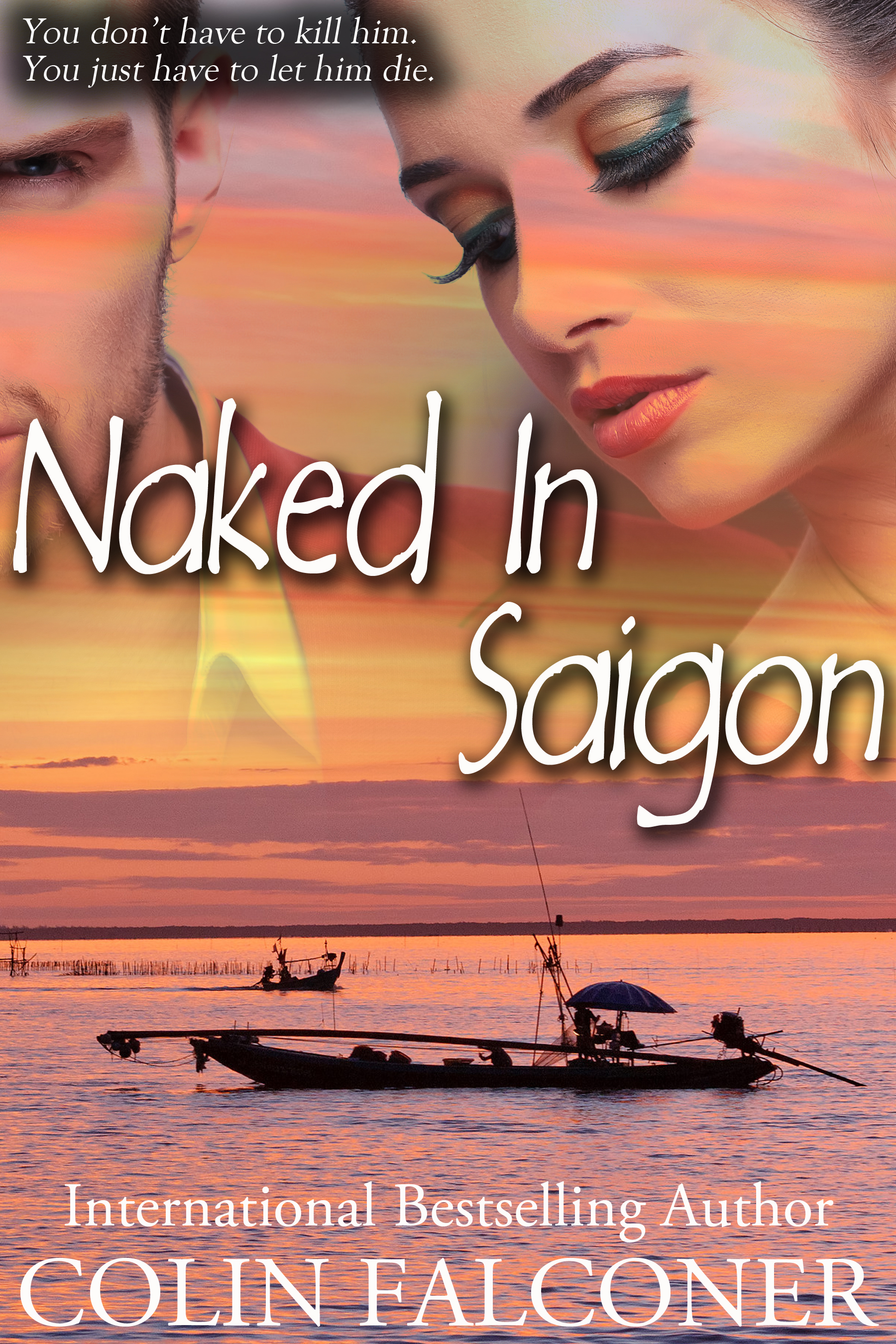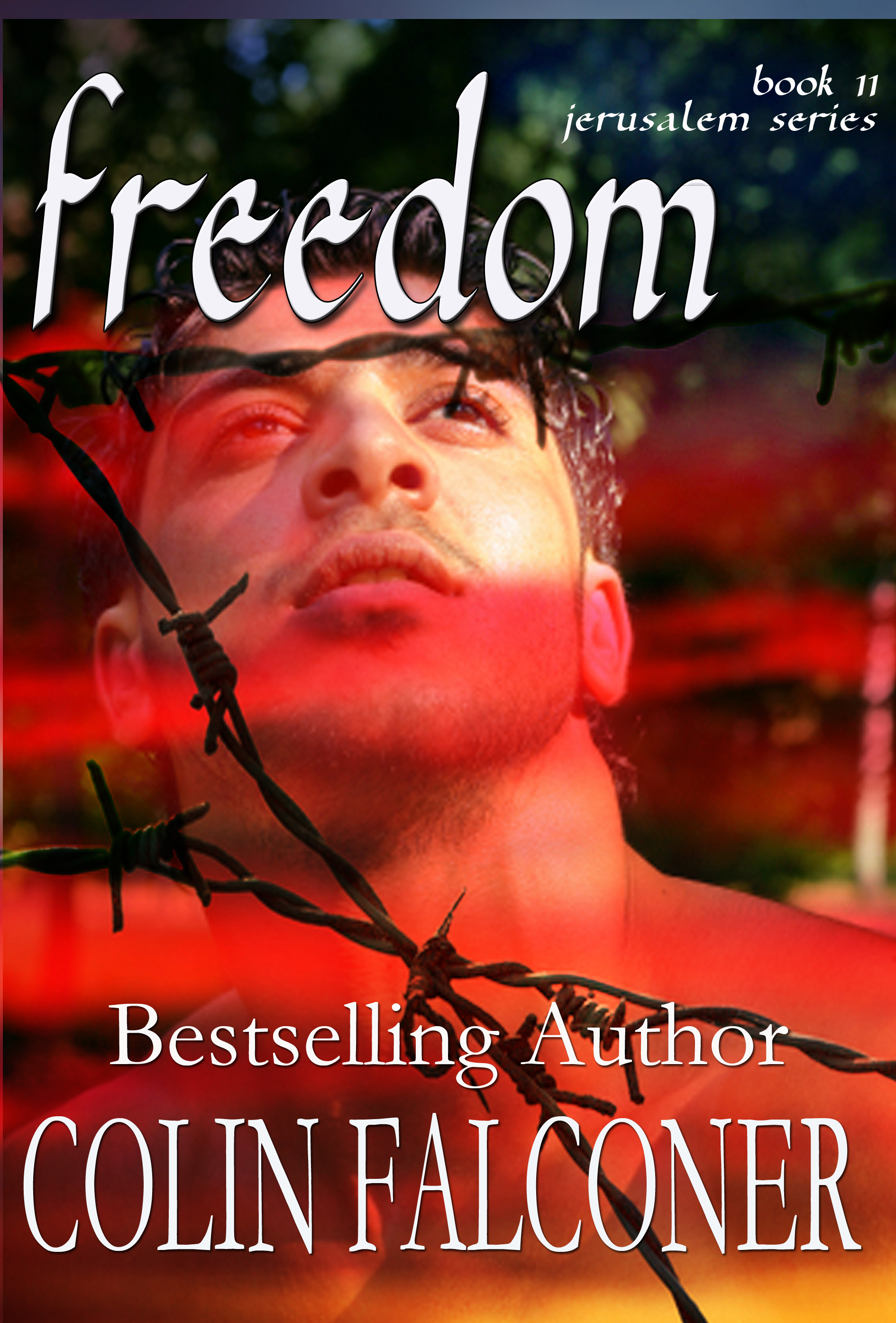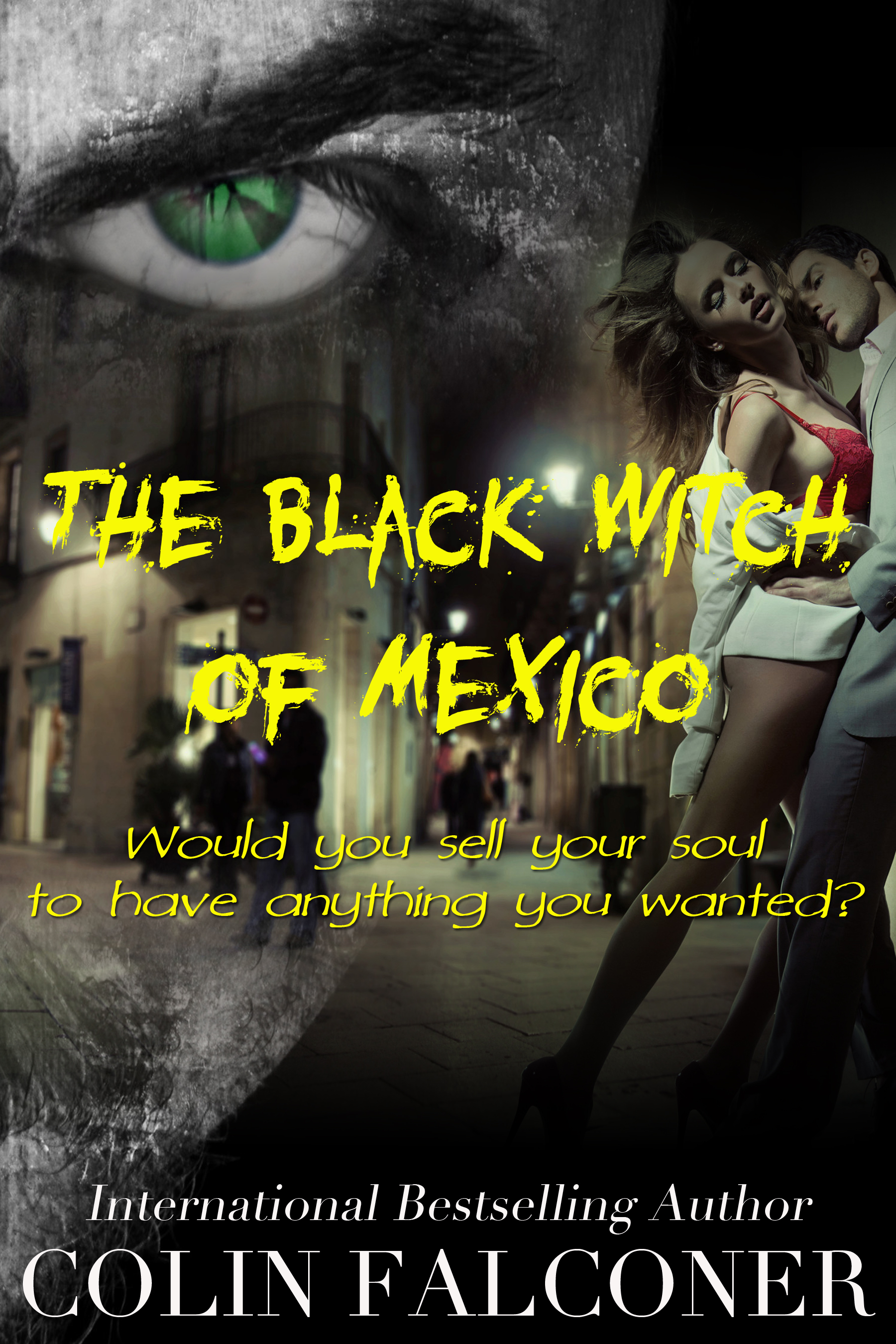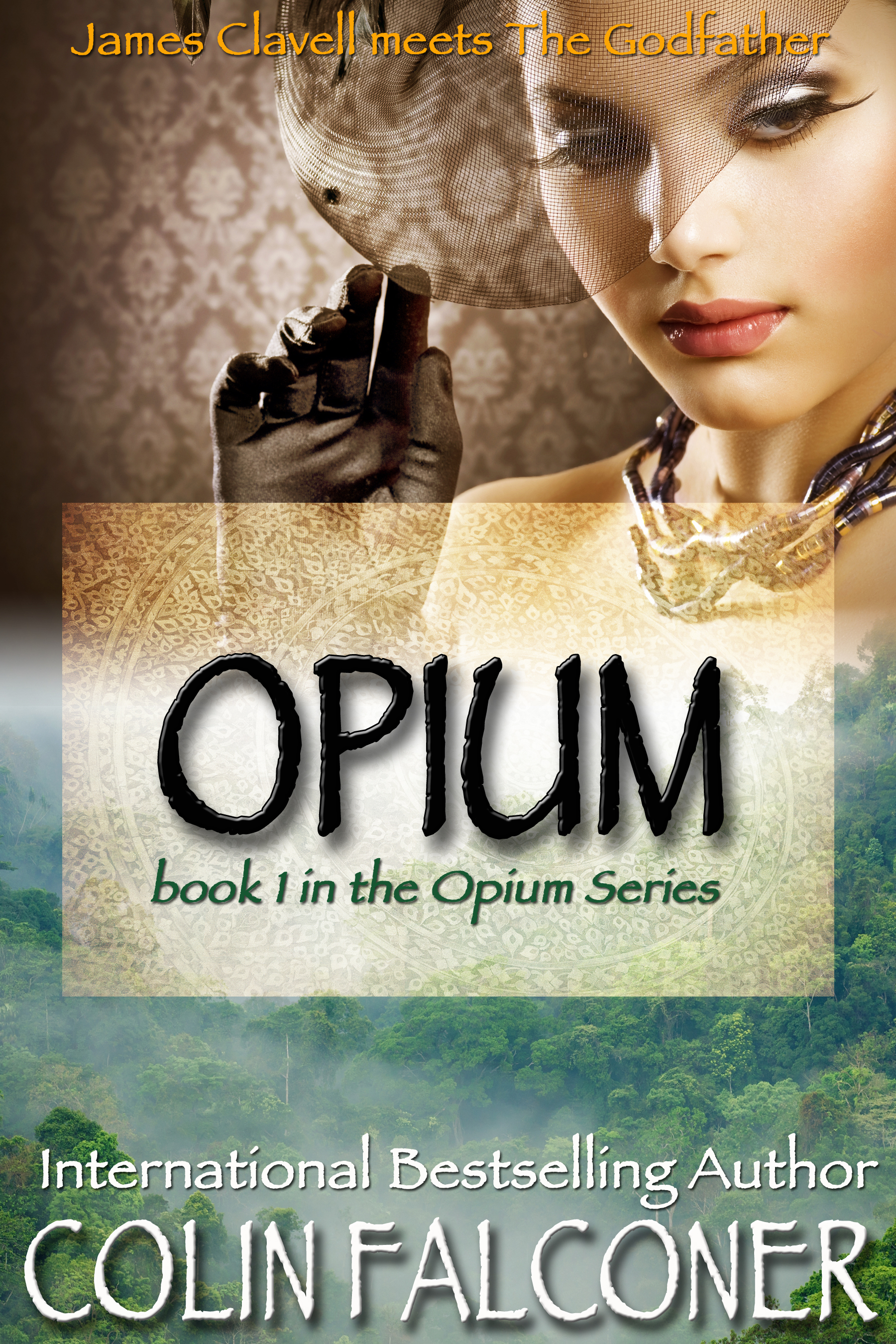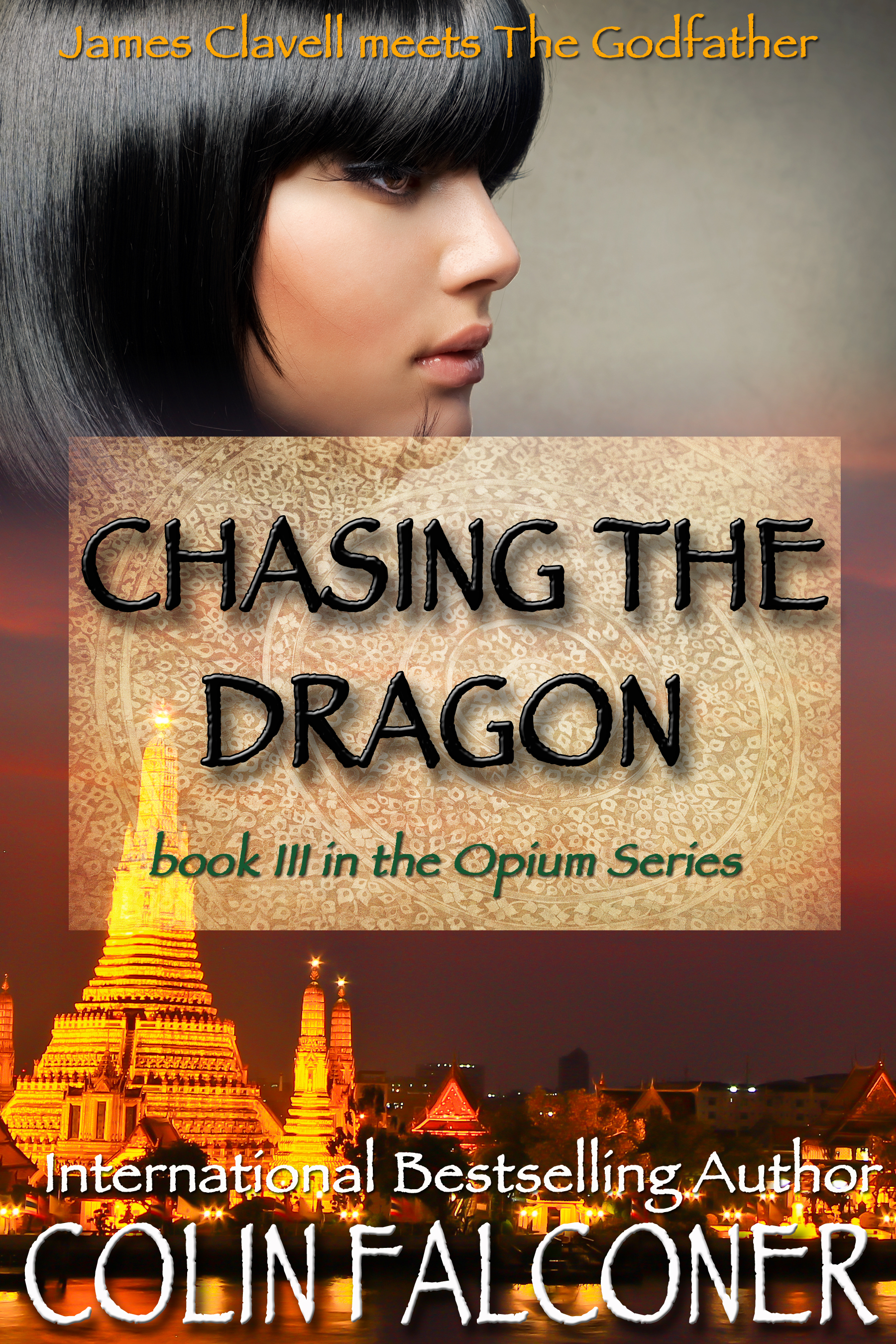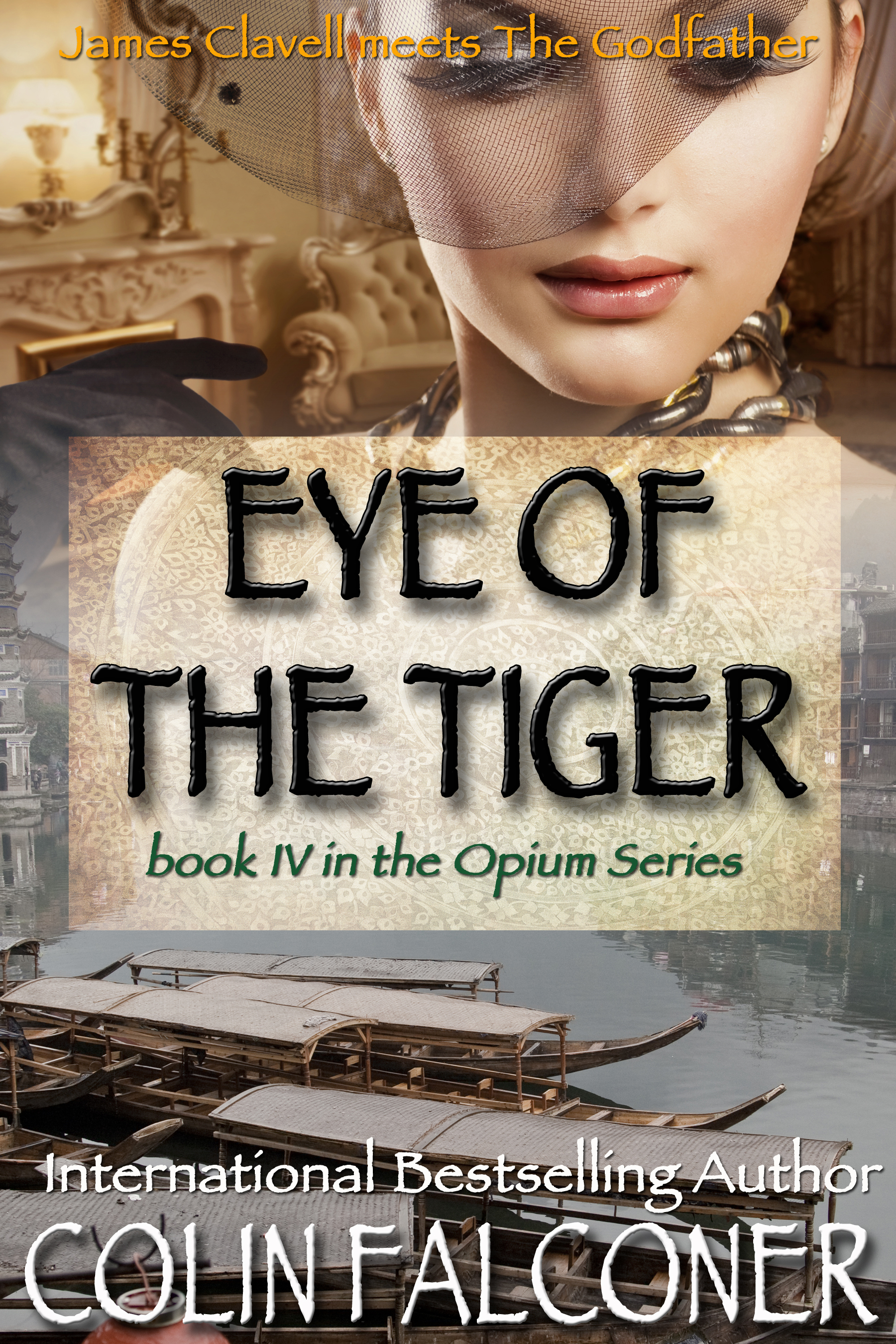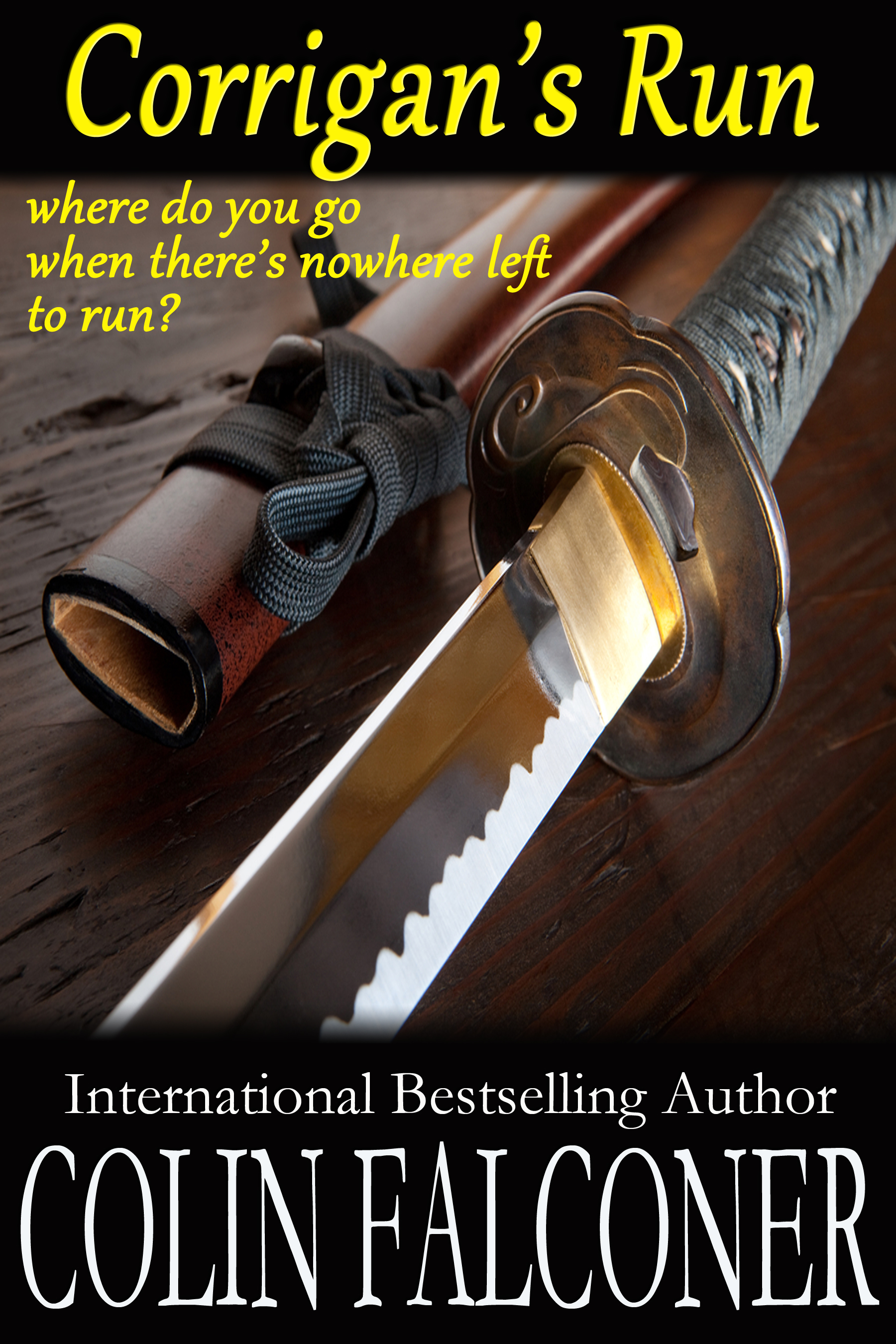When I wrote Anastasia ten years ago there was still a lingering doubt about whether she had survived the botched execution in which the rest of her family were murdered. What was more certain was that the man who organised this bloody episode, Yakov Yurovsky, was a couple of cadres short of the full committee. He must have been off sick when they did Assassination 101 at Secret Police School.
| Yakov Mikhailovich Yurovsky |
On his orders, the family were herded into a basement and shot with revolvers through the doorway by him and his men, the gunpowder from their revolvers burning their eyes and creating a fog in the tiny room. They had to fire over each other’s shoulders and Yurovsky claimed he came out deaf in one ear.
This method was not efficient. Also, the women had hidden their jewels inside their corsets and these acted as virtual bullet proof vests so Yurovsky recorded that they then had to be dispatched with bayonets. It was beyond brutal.
These circumstances left open the possibility that someone survived this bloody chaos. There were rumours (later proven false) that for days afterwards the Bolsheviks searched trains in the Urals looking for a young woman fitting Anastasia’s description.
For years the story of the missing princess captured the public imagination. Anastasia soon had more impersonators than Elvis Presley. The most notable, Anna Anderson, pursued her case in the European courts for over thirty years. After her death it transpired that she was not only NOT Anastasia, she wasn’t even Russian.
| Anna Anderson |
The remains of the Romanov family were finally discovered near Ekaterinburg in 1991. Intriguingly two skeletons were missing, those of a young woman and the boy, Alexei.
Even then, it was impossible to imagine how Anastasia could have escaped, even if she survived the gruesome debacle in the basement and was still alive when they threw her on the cart with the rest of her family to be buried in the forest. And Alexei; just impossible. He was a haemophiliac. Any serious wound would have made death inevitable anyway.
But it wasn’t the mystery of Anastasia’s fate that motivated me to write about her. It was a story I read in the newspaper about a man in Liverpool, England who had been found unconscious in the street a year before and was still languishing in a public hospital. He had severe amnesia. Authorities published his photograph hoping that someone might know who he was and come forward and identify him.
I subsequently discovered that severe head trauma, when suffered simultaneously with severe emotional distress, can bring about a rare and long lasting amnesia. (The most famous - and saddening - case is that of ‘Benjamin Kyle’ http://en.wikipedia.org/wiki/Benjaman_Kyle)
I imagined that if Anastasia had survived, the shock of seeing her family murdered and afterwards being battered with a rifle butt would have turned her into another Benjamin Kyle.
This made me reflect on the nature of identity.
If we don’t have our memories then who are we? We still live and breathe, yes, but we no longer retain that which makes us ‘who we are’.
If we don’t have any remembrance, what is left of us?
| Anastasia on Kindle |
For the story, I imagined a woman appearing in Shanghai in 1920 suffering from traumatic amnesia. People take her to be Anastasia - in order to fulfill their own agenda. Over time she struggles to become the person they want her to be - becoming someone else’s idea seems better than being no one at all.
Is this what some of us do anyway - spend our lives becoming what others want of us? If so, how do we then discover who we really are - so we can follow our own course?
The question of memory has become more poignant to me over the last year. My mother is rapidly losing hers - sometimes she struggles to remember the man who was her husband for 52 years. She even takes a while to recognize me or my brother now.
Who we are if we are not the memories we have accumulated and the name someone gave us is an interesting question. It intrigued me far more than whether Anastasia survived or not. She didn’t, by the way: in 2008, two more skeletons were discovered, 200 yards from the original grave site, and were positively identified as the missing two Romanovs.
But the puzzle of our true identity, that mythical twenty one grams, may take much longer to solve.



